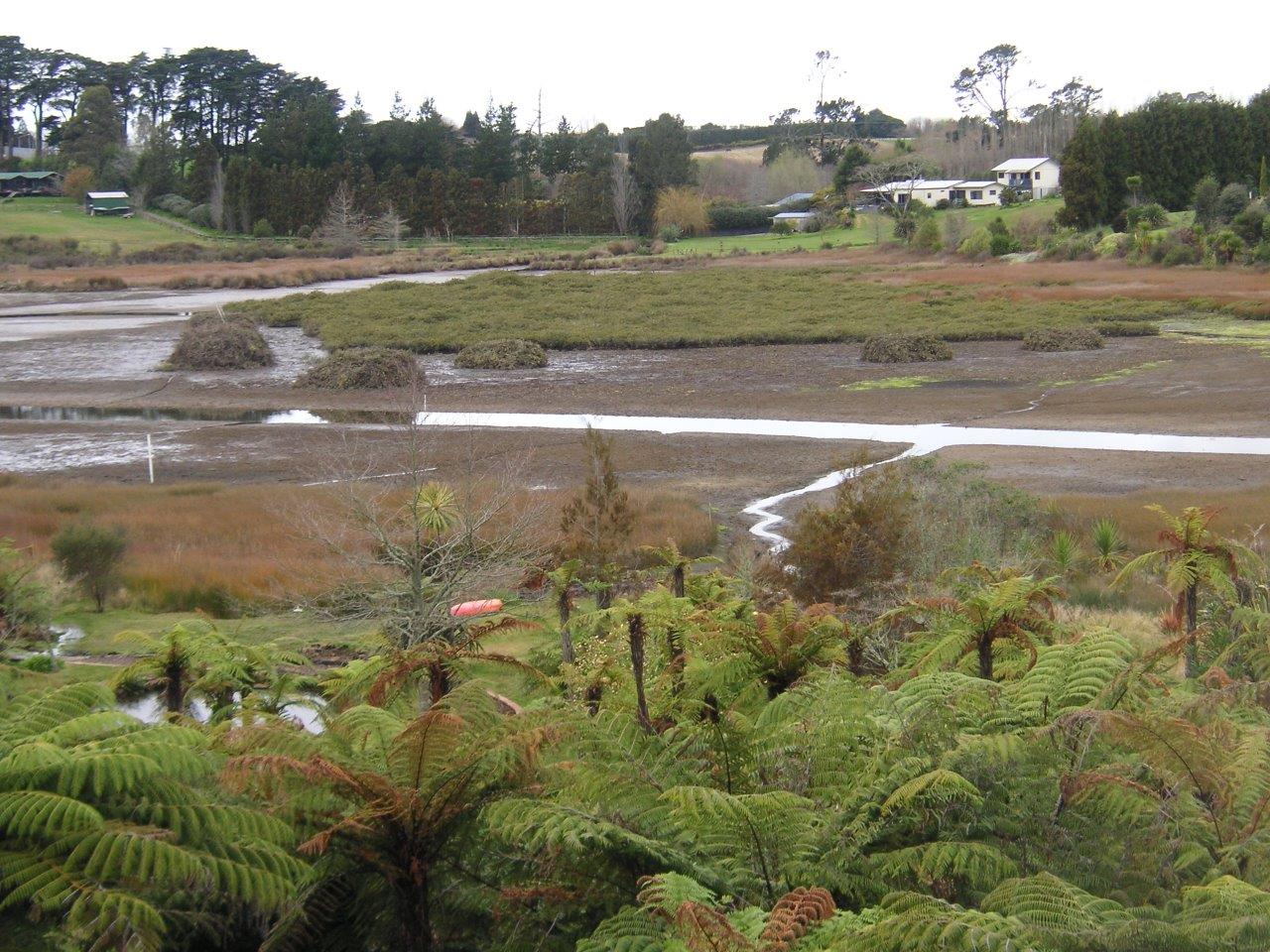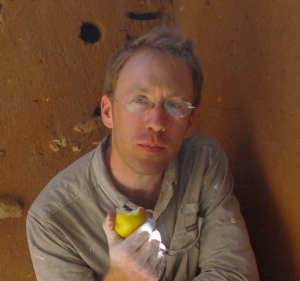Previously Funded Projects
QRC members lead and participate in a wide range of disciplinary and interdisciplinary research projects from the study of past earth climates and glaciations to shifts in the geographic distributions and evolution of vegetation and faunal communities, to the evolution and dispersals of the genus Homo and the increasing scales of human modification of earth environments through the Holocene. QRC provides a venue for meeting and collaborating with scholars across Quaternary disciplines. We are also fortunate to be able to provide seed funding and small grants for member research projects. We are especially happy to support grad student and junior scholar research activities, much of which leads to larger, external funding from agencies like the National Science Foundation.
-
Decadal-scale impacts of mangrove removal: Re-evaluation of sediment characteristics and transport >10-years after mangrove removal in Tauranga Harbor, New Zealand
-
Climate and Culture in the Tropical Pacific during the mid-late Holocene
-
Holocene history of neotectonics, earthquakes, tsunamis, volcanism, paleoclimate and people on Kamchatka – visit of Vera Ponomareva
-
Investigating Holocene Ceramics in Peninsular Thailand
 Abstract: Mangrove forests occupy the complex intersection of geomorphology, oceanography, forestry, and anthropology. As the only large woody plant that grows in the intertidal zone, mangroves directly impact coastal stability and morphology by rapidly colonizing prograding shorelines, retaining sediment, and damping wave energy. Unfortunately, mangrove forests are threatened by accelerating deforestation, and there is very little data on decade- to century-scale change following mangrove removal. A mangrove clearing project in Tauranga Harbor, New Zealand has provided a rare opportunity to observe decadal-scale, geomorphic changes associated with deforestation. Patchy mangrove removal in 2005 created a natural laboratory to compare sedimentary processes on naturally unvegetated, forested, and cleared intertidal surfaces of the harbor. Changes to the estuarine morphology and sediment transport were evaluated during and immediately after the clearing in the Waikaraka Estuary of Tauranga Harbor. This estuary will now be reexamined in June 2019 through a collaboration between UW, Southern Cross University, and the University of Waikato. We will examine the physiognomy of the mangrove stands, evaluate sediment transport using acoustic current meters and sediment traps, and collect cores of the upper 1-m of sediment. The cores will be analyzed for grain size and organic content. Accumulation rates will be calculated using 210Pb. These measurements will be used to assess the physical changes which have occurred and predict the future evolution of this estuary. We are grateful for the support of the QRC, which will enable us to use deploy the acoustic instruments and conduct the 210Pb analysis. These measurements add quantitative evaluation of the previously published patterns of sediment transport and geomorphic change. This field study will improve our understanding of past and future coastal change associated with deforestation.
Abstract: Mangrove forests occupy the complex intersection of geomorphology, oceanography, forestry, and anthropology. As the only large woody plant that grows in the intertidal zone, mangroves directly impact coastal stability and morphology by rapidly colonizing prograding shorelines, retaining sediment, and damping wave energy. Unfortunately, mangrove forests are threatened by accelerating deforestation, and there is very little data on decade- to century-scale change following mangrove removal. A mangrove clearing project in Tauranga Harbor, New Zealand has provided a rare opportunity to observe decadal-scale, geomorphic changes associated with deforestation. Patchy mangrove removal in 2005 created a natural laboratory to compare sedimentary processes on naturally unvegetated, forested, and cleared intertidal surfaces of the harbor. Changes to the estuarine morphology and sediment transport were evaluated during and immediately after the clearing in the Waikaraka Estuary of Tauranga Harbor. This estuary will now be reexamined in June 2019 through a collaboration between UW, Southern Cross University, and the University of Waikato. We will examine the physiognomy of the mangrove stands, evaluate sediment transport using acoustic current meters and sediment traps, and collect cores of the upper 1-m of sediment. The cores will be analyzed for grain size and organic content. Accumulation rates will be calculated using 210Pb. These measurements will be used to assess the physical changes which have occurred and predict the future evolution of this estuary. We are grateful for the support of the QRC, which will enable us to use deploy the acoustic instruments and conduct the 210Pb analysis. These measurements add quantitative evaluation of the previously published patterns of sediment transport and geomorphic change. This field study will improve our understanding of past and future coastal change associated with deforestation.